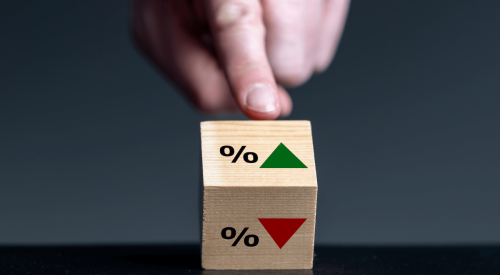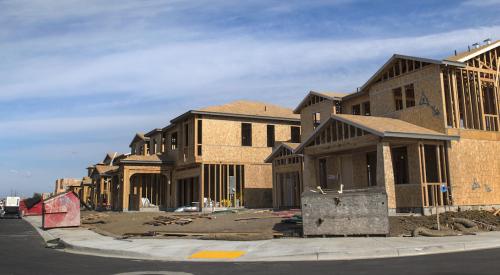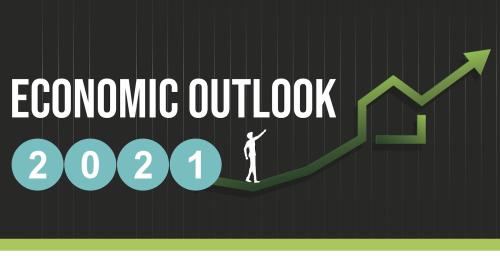Through figures from the Federal Reserve Board, NAHB Eye on Housing reports that consumer credit increased by a seasonally adjusted annual rate of 7.9 percent during November to $3.75 trillion.
Broken down, revolving credit (credit cards, for example) grew 13.5 percent and non-revolving credit (student loans and auto loans) expanded 5.9 percent. Non-revolving credit accounts for nearly three-quarters of all consumer credit.
Consumers’ ability to service the major components of non-revolving debt, student and auto loans, has come into question. The proportion of student loan debt outstanding that is 90 or more days past due has been growing consistently since at least 2003. The share 90 or more days past due remains especially elevated in recent years though the upward trend has abated.












